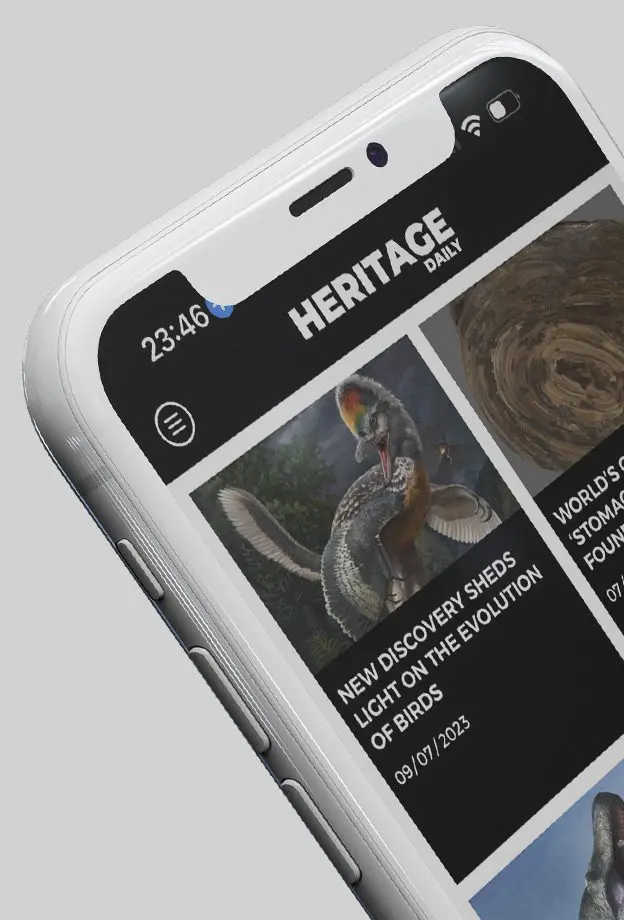Our Company
HeritageDaily LTD - Suite/Unit 40 17 Holywell Hill, St Albans, Herts, United Kingdom, AL1 1DT
Latest News
Monument linked to Iberian star mythology discovered in Jódar
Archaeologists from the Research Institute for Iberian Archaeology (IAI) at the University of Jaén (UJA) have discovered a monument connected to the sun and other celestial bodies within Iberian mythology.
Project is restoring Costa Rica’s mysterious stone spheres
A joint team of specialists from Costa Rica and Mexico are restoring three stone spheres at the Finca 6 Museum Site in Palmar de Osa.
Inscription sheds light on First Emperor’s quest for immortality
China’s First Emperor, Qin Shi Huang, was born in 259 BC in Handan, the capital of Zhao. He was originally named Ying Zheng, or Zhao Zheng, with ‘Zheng’ drawn from Zhengyue, the first month of the Chinese lunar calendar.
Artefacts from Battle of Dubienka unearthed near Uchanie
On July 18th, 1792, Polish forces under General Tadeusz Kościuszko clashed with Russian troops in what became one of the defining engagements of the Polish-Russian War.
Submerged port discovery could lead to Cleopatra’s lost tomb
Archaeologists have discovered a submerged ancient port near the ruins of the Taposiris Magna temple complex west of Alexandria, Egypt.
Popular News
The mystery of Tutankhamun’s meteoric iron dagger
In 1922, Egyptian excavators led by Howard Carter discovered the tomb of Tutankhamun, an Egyptian pharaoh who was the last of his royal family to rule during the end of the 18th Dynasty.
Legio V Macedonica – The Last Roman Legion
Throughout the history of the Roman Empire, countless legions were raised and disbanded, but one legion endured the entirety, remaining in service to the Roman Empire and the Byzantine Empire, and marching on into the Middle Ages - The Legio V Macedonica.
Atlantis – The story behind the legend
Atlantis has become a taboo subject in many scholarly circles, often branded in pseudo-science and invented interpretations from Plato’s dialogues.
The Immortal Armour of China’s Jade Burial Suits
The Jade burial suits are hand-crafted jade suits from the Han Dynasty of China, used for the ceremonial burials of China’s elite and members of the ruling class.
The Pleasure Villa of Emperor Tiberius
The Villa of Tiberius is a Roman villa complex in the present-day town of Sperlonga, located on the western coast of Italy in the province of Latina.
© 2024 - HERITAGEDAILY LTD

